For decade (centuries?) sewing machines had one type of needle and it was always in center position. It did its job, carrying thread through the fabric, which locks with the bobbin thread to create stitches. Even though the basic mechanics and methods of a sewing machine are the similar today, needles and what you can do with them have changed a lot! This post is not directly about the needles we have today (look for that in a future post), but it is related. Let’s discuss Needle Positions. Why we move them, how we move them, and where to move them.
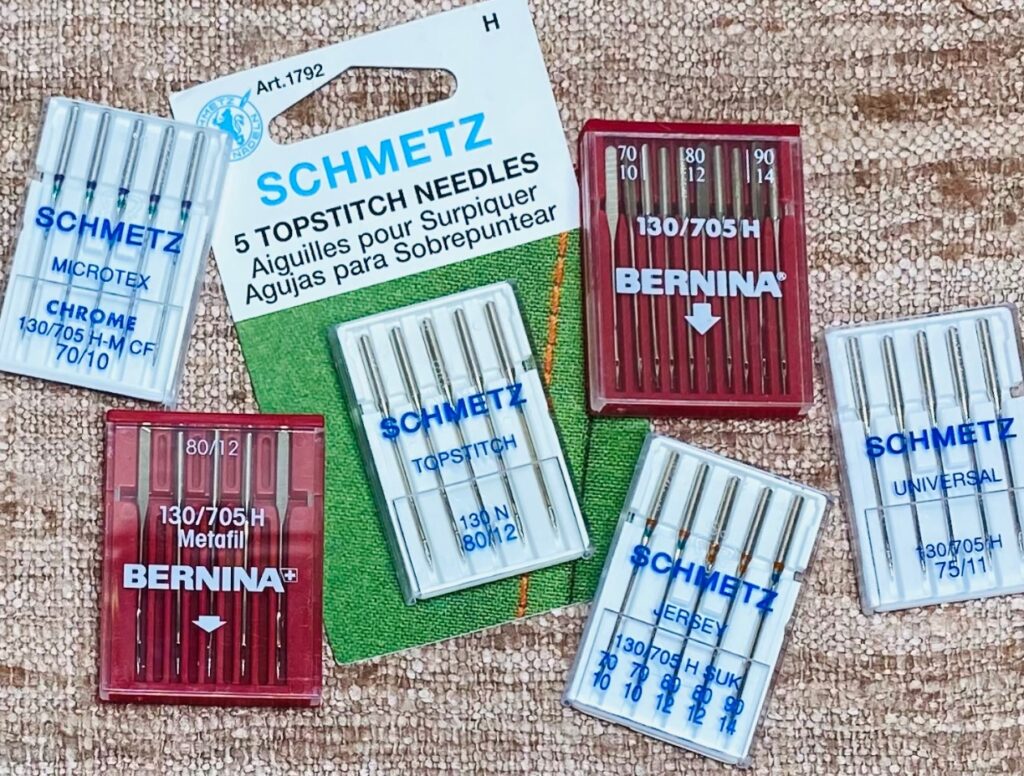
Why Do You Move the Needle?
The one-word answer is PRECISION. Being able to move the needle lets you precisely place your stitches where you want or where they need to be for the technique, fabric, or project you are sewing. It helps you have professional-looking results, keeping your sewn projects from looking homemade instead of designer-stitched. To prevent a broken needle, make sure you have a stitch plate with a wide needle opening on the machine when you adjust the needle position. Keep reading to see three sewing situations where the needle position is moved.
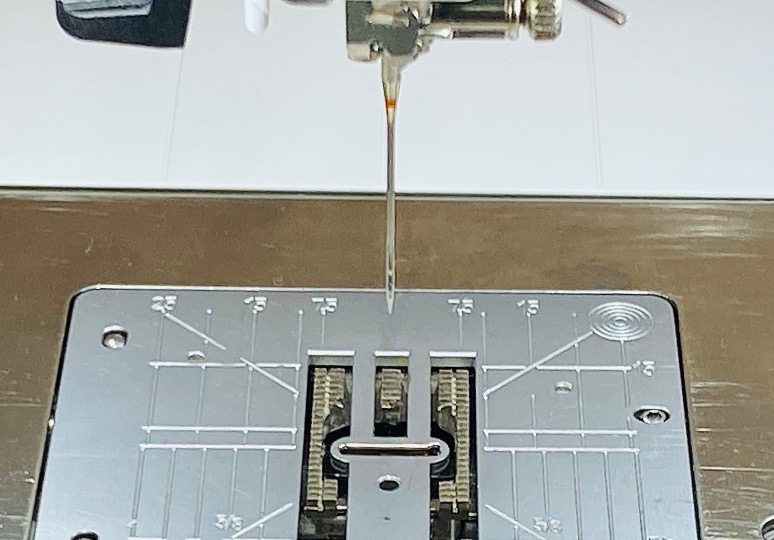
How Do You Move the Needle?
This depends on your machine. Most current BERNINA machines have 11 needle positions. The default position is center for straight stitching. You can move 5 positions to the right and 5 to the left by pressing the buttons to the right of the screen under the stitch with and length knobs. Many sewing machines have a needle position function. It lets you move the needle from the center to a variety of other positions. The number of choices and the method of moving them is different from brand to brand and may be different from model to model. If your machine doesn’t work like this, consult your owner’s manual or your local sewing machine store.
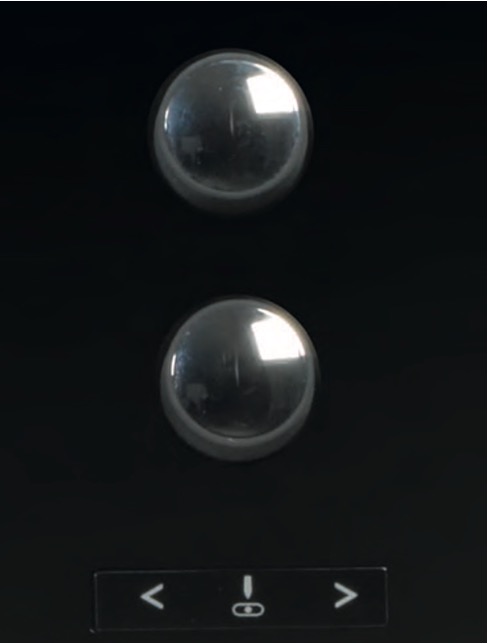
Appliqué
When stitching appliqué shapes to a fabric background, you want most of the stitching to be on the shape with the needle dropping just beyond the edge of the shape onto the background. When using an Open Embroidery Foot, place the edge of the shape next to the inside toe of the foot. Move the needle to the far right and it will be easy to place the stitches exactly where you want. The photo shows a blanket stitch, but this works with other stitches such as zigzag and satin stitching.
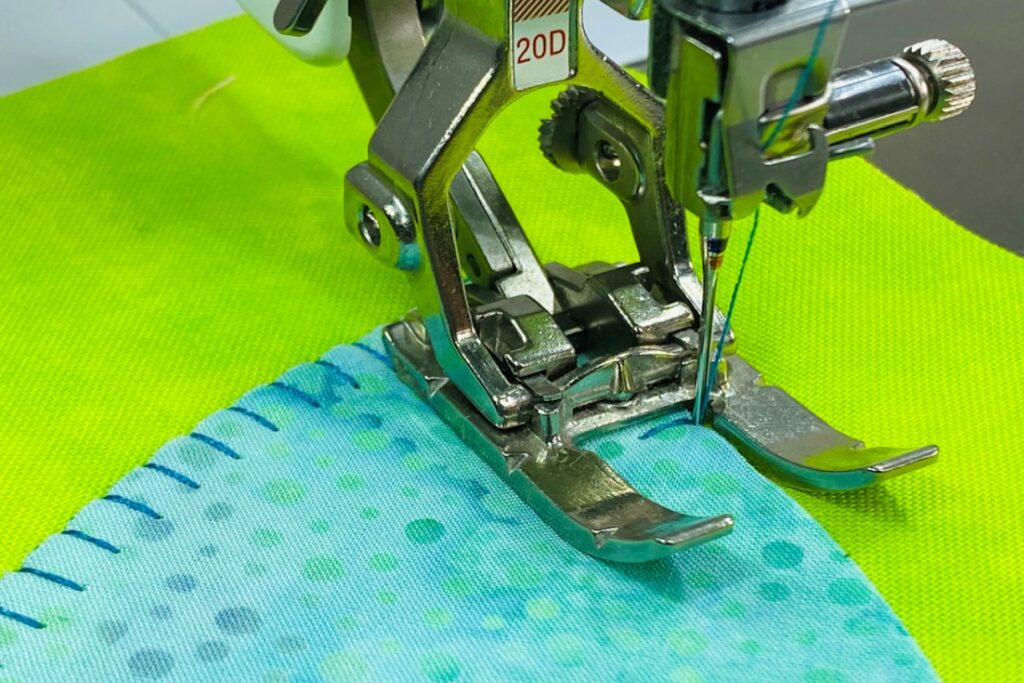
Edgestitching
Stitching close (about 1/8”) to the project edge adds a finished look to jacket collars, cuffs, and lapels. It can also be used on pillows, purses, and many other items. It gives strength to the edge, making the sewn item more durable for a longer life.
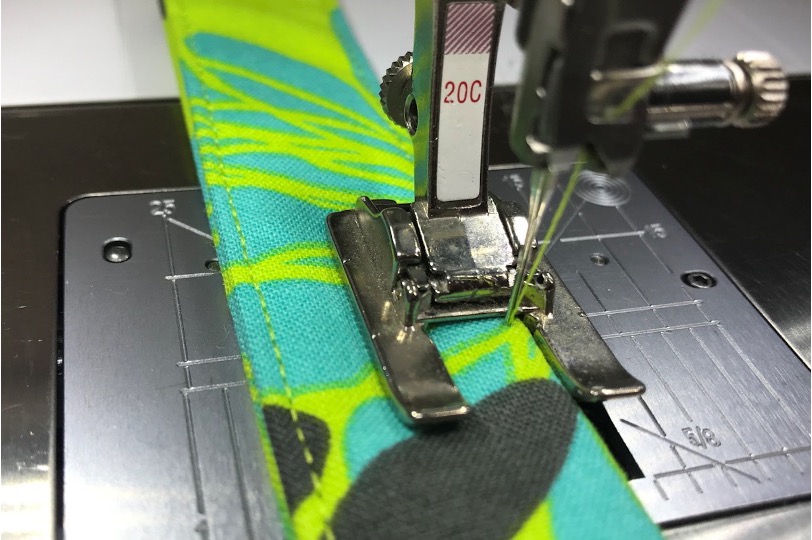
Zipper Applications
The BERNINA zipper foot is a narrow foot designed to allow the needle to stitch close to the coils of the zipper. The needle needs to be moved to the far right or the far left depending on the orientation of your fabric. Most current BERNINA machines have a screen that shows the foot that is attached to the machine. It also shows the position of the needle so you can see exactly how it works with the presser foot.
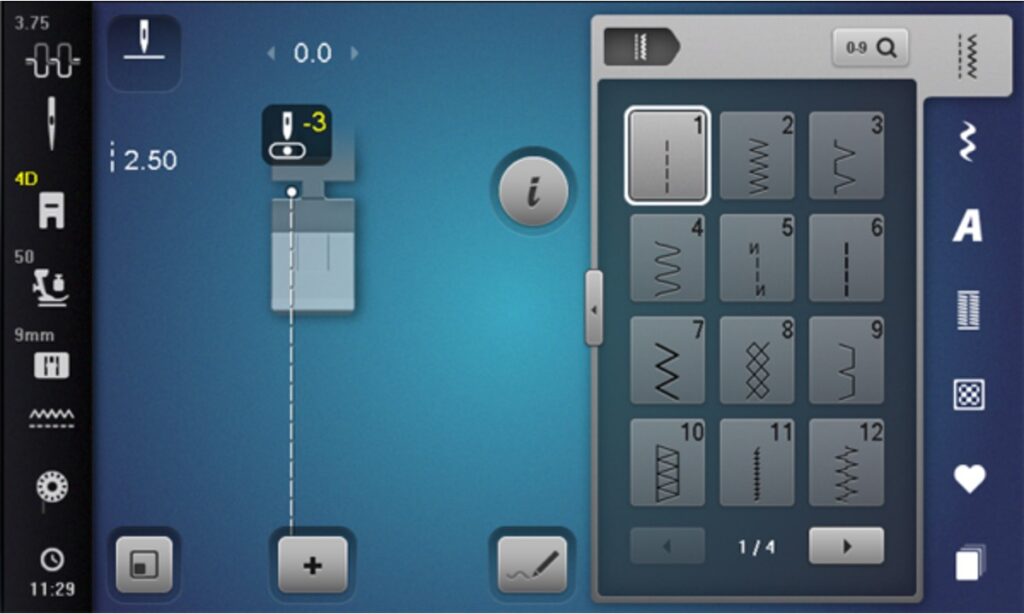
The screen will also show you if the needle position that is selected will not work with the selected foot. If you see red stitches, it indicates that you need a different needle position before you can stitch.
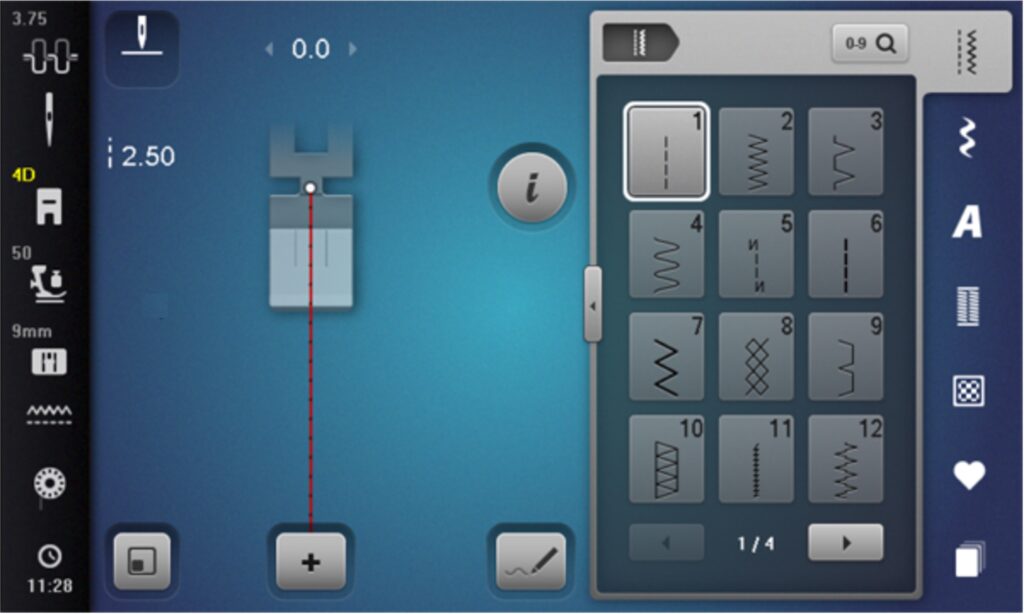
Moving the needle position can make a big difference in your finished project. Explore and experiment with changing the position of the needle as needed and you’ll improve your sewing skills with more precise stitching.
As always,

